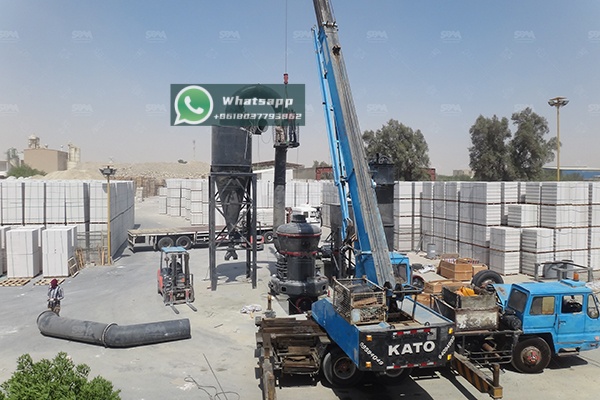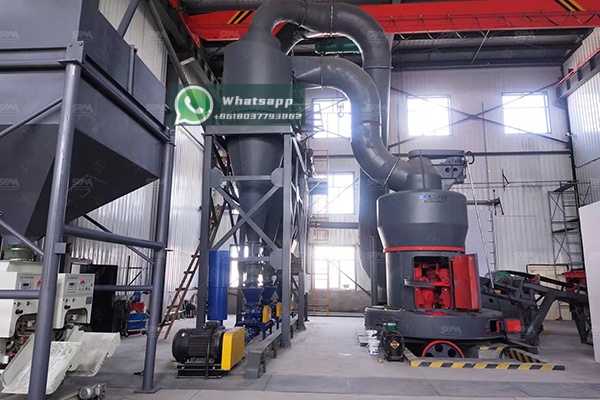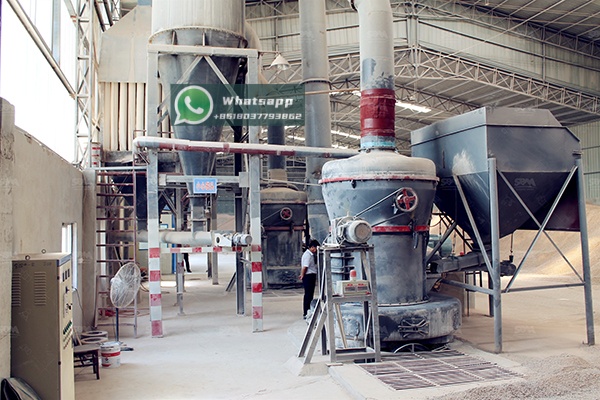In modern agriculture, the importance of magnesium as an essential plant nutrient cannot be overstated. Magnesium plays a crucial role in chlorophyll formation, photosynthesis, enzyme activation, and nutrient transport within plants. Dolomite, a naturally occurring mineral composed of calcium magnesium carbonate (CaMg(CO3)2), has emerged as an excellent and cost-effective source of both magnesium and calcium for agricultural applications. However, the effectiveness of dolomite as a fertilizer depends significantly on its particle size and fineness, which directly impacts its solubility and plant availability.
Magnesium deficiency in crops has become increasingly prevalent worldwide due to intensive farming practices, soil acidification, and imbalanced fertilizer applications. Symptoms of magnesium deficiency include interveinal chlorosis, reduced growth, and ultimately decreased crop yields and quality. Dolomite application not only corrects magnesium deficiencies but also helps maintain optimal soil pH levels, improving overall soil health and nutrient availability.
The agricultural value of dolomite is directly related to its particle size distribution. Coarse dolomite particles dissolve slowly in soil, providing long-term nutrient release but limited immediate availability. Fine dolomite powders, on the other hand, offer quicker nutrient release and better short-term correction of deficiencies. This is where advanced grinding technology becomes essential for optimizing dolomite’s agricultural effectiveness.

Processing dolomite for fertilizer applications presents several technical challenges that require specialized grinding equipment. Dolomite typically has a Mohs hardness of 3.5-4, making it moderately hard but abrasive. The grinding process must achieve several key objectives:
Traditional grinding methods often fail to meet these requirements efficiently. Hammer mills, for instance, may produce excessive fines or uneven particle distribution, while basic ball mills may consume excessive energy and generate heat that can affect the material properties.
Shanghai Zenith Machinery Co., Ltd., as an excellent manufacturer of ore grinding equipment in China, has made significant achievements in the field of ultra-fine powder grinding. With specialization in research, development, and production of industrial powder grinding equipment, Zenith offers several optimal solutions for dolomite processing in fertilizer applications.
For fertilizer applications requiring particle sizes between 100-325 mesh, the MTW Trapezium Grinding Mill represents an excellent solution. This grinding mill features multiple patents and is known for its compact structure, long service life, and eco-friendly design. The MTW series is particularly suitable for dolomite processing due to its efficient grinding mechanism and ability to handle materials with maximum input size of 50mm, producing final products as fine as 0.038mm.
| Model | Max. Feed Size (mm) | Final Size (mm) | Capacity (t/h) | Main Motor (kW) | Recommended Application |
|---|---|---|---|---|---|
| MTW110 | <30 | 1.6-0.045 | 3-9 | 55 | Small to medium fertilizer plants |
| MTW138Z | <35 | 1.6-0.045 | 6-17 | 90 | Medium-scale production |
| MTW175G | <40 | 1.6-0.045 | 9.5-25 | 160 | Large fertilizer operations |
| MTW215G | <50 | 1.6-0.045 | 15-45 | 280 | High-volume industrial production |
The MTW series incorporates several advanced features that make it particularly suitable for dolomite grinding:

For specialized fertilizer formulations requiring ultra-fine dolomite powders (400-2500 mesh), the LUM Ultrafine Vertical Mill offers superior performance. This advanced grinding system integrates grinding, drying, classifying, and transportation in a single compact unit, making it ideal for operations with limited space.
| Model | Main Machine Power (kW) | Capacity (t/h) | Size Distribution D97 (μm) | Recommended Dolomite Application |
|---|---|---|---|---|
| LUM1525 | 220-250 | 1.6-11.5 | 5-30 | Premium fertilizer blends |
| LUM1632 | 280-315 | 2.0-13.5 | 5-30 | High-value agricultural products |
| LUM1836 | 355-400 | 2.3-15 | 5-30 | Large-scale specialty fertilizers |
The LUM series features several technological advantages for dolomite processing:
The selection of appropriate grinding parameters significantly impacts the quality and effectiveness of dolomite fertilizers. Key considerations include:
Different agricultural applications require specific particle size distributions:
Raw dolomite often contains moisture that can affect grinding efficiency and product quality. Zenith’s grinding solutions incorporate integrated drying systems that can handle moisture contents up to 15%, ensuring consistent product quality regardless of raw material conditions.
Selecting the appropriate grinding equipment requires careful consideration of production requirements. For small to medium fertilizer producers (1-10 tons per hour), the MTW110 or MTW138Z models offer optimal balance between capital investment and operational efficiency. Larger operations requiring 15-45 tons per hour would benefit from the MTW175G or MTW215G models.

Investing in modern grinding technology from Shanghai Zenith Machinery provides significant economic advantages for fertilizer producers:
Zenith’s grinding mills are designed for high energy efficiency, reducing power consumption by 20-30% compared to conventional grinding systems. The robust construction and advanced materials also minimize maintenance requirements and extend equipment lifespan.
Consistently fine dolomite powders command premium prices in agricultural markets due to their superior performance. The ability to produce specific particle size distributions enables fertilizer manufacturers to target high-value market segments.
Modern grinding systems allow quick adjustment of product fineness, enabling producers to respond rapidly to changing market demands and customer specifications.
Shanghai Zenith Machinery’s grinding solutions incorporate several environmental benefits:
A major fertilizer producer in Southeast Asia recently implemented Zenith’s MTW175G grinding mill for their dolomite processing line. The results demonstrated significant improvements:
The future of dolomite processing for fertilizer applications is moving toward even more precise particle engineering and integrated processing solutions. Emerging trends include:
The effective utilization of dolomite as a magnesium source in fertilizers depends critically on advanced grinding technology. Shanghai Zenith Machinery’s comprehensive range of grinding equipment, particularly the MTW Trapezium Grinding Mill and LUM Ultrafine Vertical Mill, provides fertilizer producers with reliable, efficient, and cost-effective solutions for transforming raw dolomite into high-value agricultural inputs.
By selecting appropriate grinding technology and optimizing operational parameters, fertilizer manufacturers can significantly enhance product performance, reduce production costs, and contribute to sustainable agriculture through improved magnesium nutrition. The technical expertise and advanced equipment offered by Shanghai Zenith Machinery represent valuable resources for companies seeking to maximize the agricultural potential of dolomite resources.
As global demand for efficient and sustainable agricultural inputs continues to grow, the role of advanced grinding technology in fertilizer production will become increasingly important. Investing in modern grinding solutions today positions fertilizer producers for success in tomorrow’s competitive agricultural markets.